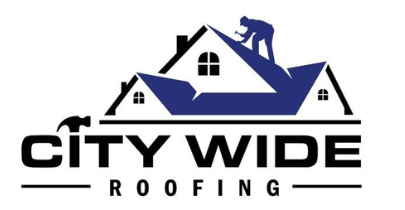In the discourse of sustainable construction, the concept of Smart Roofs has emerged as a significant innovation. Utilizing advanced technologies, these innovative roof designs strategically reflect solar radiation and efficiently dissipate heat, contributing to a cooler indoor environment.
This technological breakthrough not only optimizes energy efficiency but also reduces the overall carbon footprint of buildings.
This analysis provides a comprehensive overview of the role of technologies in Cool Roof innovation, exploring the intricate mechanisms, material considerations, and real-world applications that define the field. It aims to connect readers to the global community pushing the boundaries of green building solutions.
Exploring Cool Roof Technologies
Investigating the diverse range of cool roof technologies provides us with a comprehensive understanding of their unique features and potential benefits.
Notably, these systems utilize highly reflective materials that significantly reduce heat absorption, effectively decreasing energy consumption during hot seasons. They integrate cutting-edge solutions, like photovoltaic panels, to harness solar energy, improving energy efficiency.
Cool roofs also incorporate advanced coating materials, such as elastomeric and acrylic, known for their superior reflectivity and durability. The integration of green roofing, which involves the establishment of vegetation layers, further enhances environmental sustainability.
The adoption of these technologies fosters a sense of community belonging, as they contribute to mitigating climate change by reducing greenhouse gas emissions and urban heat island effects.
Impact of Smart Roofs on Energy Efficiency
Transitioning from the exploration of cool roof technologies, it is essential to delve into the substantial impact of smart roofs on energy efficiency.
Smart roofs, through their advanced materials and technologies, contribute significantly to energy conservation by reducing heat absorption and enhancing thermal performance. The reflective and emissive properties of these roofs minimize the ‘urban heat island’ effect, thus lowering the demand for air conditioning and reducing greenhouse gas emissions.
Moreover, the integration of renewable energy systems like photovoltaic panels on smart roofs can generate electricity, further contributing to energy efficiency.
Consequently, the adoption of smart roofs not only optimizes energy use but also promotes sustainability. For an audience seeking to belong to a greener future, smart roofs offer an innovative and effective solution.
Conclusion
In conclusion, smart roof technologies have emerged as a transformative force in the architectural landscape. Acting as the sentinels of sustainability, these cool roofs effectively combat the heat island effect while bolstering energy efficiency.
This innovation, akin to an environmental knight in shining armor, continues to shape strategies for a cooler, more sustainable future. The potential of these technologies is vast, promising to redefine our relationship with the urban environment and our pursuit of sustainable living.


